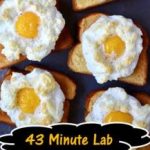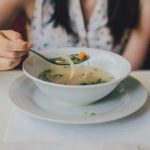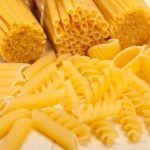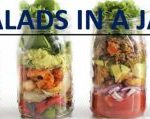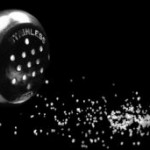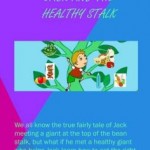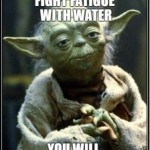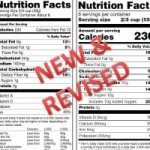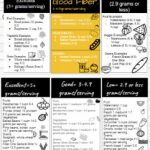
In the past, I’ve shared some of the EduProtocol teaching strategies and templates such as the Iron Chef Non-Cooking Challenges, Thin Slides and the Amazing
Race that were well received by students. Today, I want to share how I used the # Mania Infographic strategy with you. The Fiber-Full Food Choices: # Mania Infographic was created for use in my nutrition unit. This strategy incorporates technology and has students very engaged as there’s a lot going on simultaneously within small groups of students to create one infographic about fiber filled foods.

